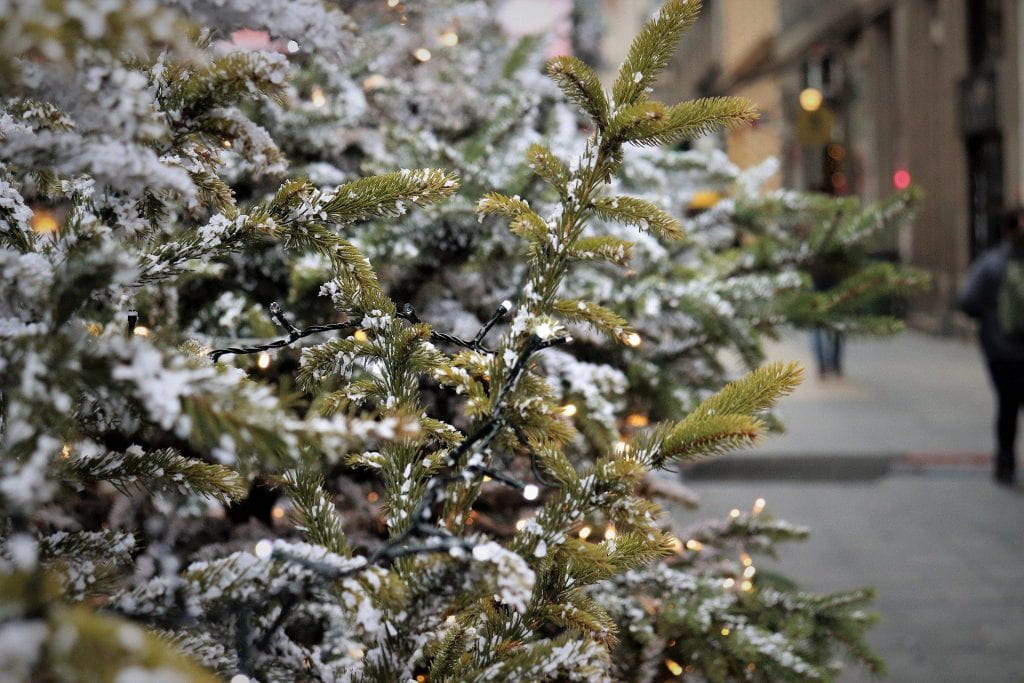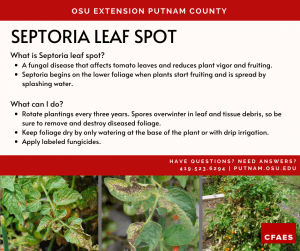The extension office is excited to announce a new monthly series of programs that have been developed together with the Putnam County Soil and Water Conservation Service. This series is called “Putnam County Coffee Talk” and will feature topics for both our agriculture industry as well as homeowners and the general public.
Putnam County Coffee Talk will take place on the first Friday of each month from 8:30 to 11:00 am at the OSU Extension office located at 1206 East 2nd Street in Ottawa. An agriculture-focused topic will begin at 8:30 and conclude at 9:30. Coffee and light refreshments will be available from 9:30 to 10:00 am. The homeowner/resident topic will run from 10:00 to 11:00 am.
The first segment of Coffee Talk will be on Friday, January 7 focusing on local and regional land values, a topic important to farmers, landowners, and residents alike. You might be interested to learn how land values have changed in and around Putnam County this past year and anticipated value changes for 2022 and beyond.
Both sessions will feature a panel of local land value experts, including Bob Benroth from the Putnam County auditor’s office, a local appraiser, and auctioneer. Sessions will discuss land values, CAUV, and the panel will be open for questions from all. Come to one session or stay for both and enjoy a coffee break in between!
Additional topics for the coming months include:
- February 4: “Managing Manure on the Farm – Techniques and Regulations” followed by “The Scoop on Poop – Manure Applications in and Around the Home”
- March 4: “The Why, How, and Where of Planting Windbreaks” followed by “Backyard Trees 101 – Ornamental and Fruiting Trees for Putnam County”
- April 1: “Micronutrient Applications on the Farm – Bust or Benefit?” followed by “ABC’s of Lawn Care”
- May 6: “Local Government Programs and Updates” followed by “Planting Primer for Your Putnam County Garden”
- June 3: “Where Are We with Water Quality in Putnam County?” followed by “Managing Your Pond”
There will be no session in July, and Coffee Talk will resume on the first Friday from August through November. We hope to see you there!






